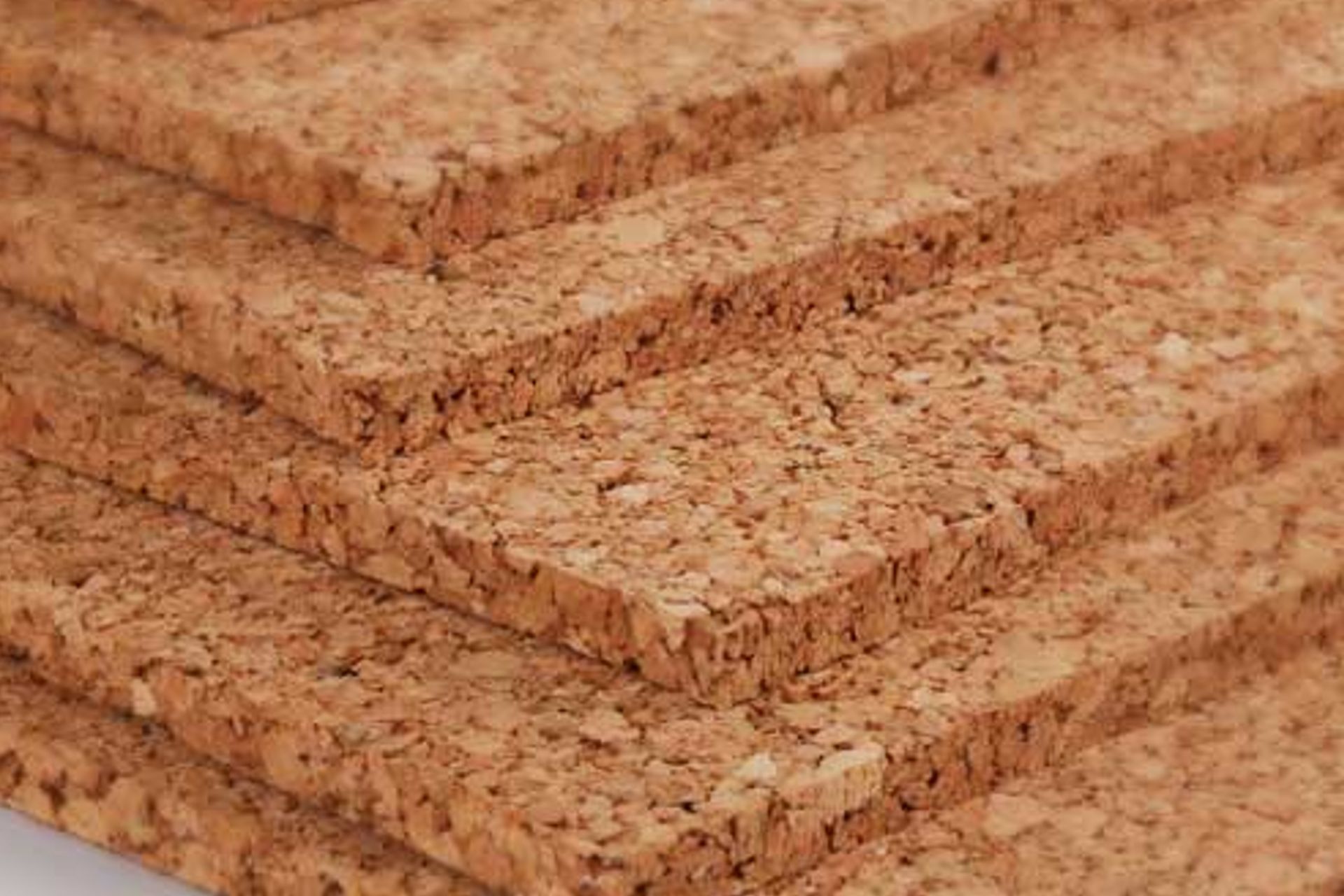Walking soundly with acoustic cork underlay
Written by
11 May 2020
•
3 min read

When we think cork flooring, most of us envisage those square tiles that gained massive popularity in the 1970s—also known as ‘the decade that taste forgot’. However, that does this humble material a great disservice. Cork flooring has a long and distinguished history gracing the floors of some prestigious buildings—including the Library of Congress in Washington, DC—dating back 150 years.
Our love affair with cork began even before that, another three hundred years before that, in fact, when Pierre Perignon, or Dom Perignon to you and I, first used corks to seal the bottles containing his elixir of grapes—champagne.
Undoubtedly the single greatest use of cork there is, the production of corks for bottles did create a few issues, the biggest of which was what to do with the scrap and offcuts.
“Cork is bark harvested from a specific species of oak tree,” says Creative Flooring Co-founder Greg Chestnut. “Once the tree is 25 years old it is harvested for the first time. However, this first harvest is not suitable for making into corks.
“Transforming this byproduct, along with the other cork waste from the wine industry, into flooring products became an industry in its own right and several fortunes were made.”

Putting the pop back into cork flooring systems
Creative Flooring offers two ranges of cork flooring products but the most innovative is the Acoustic Underlay by CorksRibas, one of Portugal’s leading manufacturers of cork products.
“Waste cork is granularised, bound together and baked into sheets measuring 915mm x 610mm. The sheets are available in 1mm, 3mm and 6mm thicknesses and it’s the 6mm that is used for insulation and acoustic purposes.
“The Building Code states that acoustic-rated underlays are required in multi-dwelling developments such as apartments, aged-care facilities and hotels, as well as for use in schools and offices. Cork underlay is the ideal choice as it is lightweight, easy to install and cost effective.
“However, the biggest draw card we’ve found has to be the environmental factor,” says Greg. “There simply is, in my opinion, no other product that has the eco story that cork has. It is sustainably produced, renewable—cork oaks are not chopped down but rather the cork is harvested from living trees every nine to 12 years—and, unlike synthetic underlays, cork does not break down or lose its resilience.”

Being floored: creating an impact with cork tiles
Cork tiles are making a fashionable comeback and are now available in a range of colours and finishes including metallic sheens.
“We have a range of standard products from Cork Concepts that includes 14 colours and finishes in three sizes—300 x 300, 300 x 600 and 450 x 450,” says Greg.
“You can also further customise your cork tiles with our custom colour service, which allows you to select any colour from the Resene colour palette, giving you almost unlimited freedom for creating a design scheme for your home or business.
“We’re also very excited to be offering a new product to the market in coming months, which is still pretty hush-hush but we believe it’s going to once again make people rethink cork flooring as a quality design product.”
Creative Flooring is an Auckland-based wholesaler that distributes nationwide and Greg says they carry large stock quantities to ensure no more than a two-day turnaround.
Learn more about cork acoustic underlay.